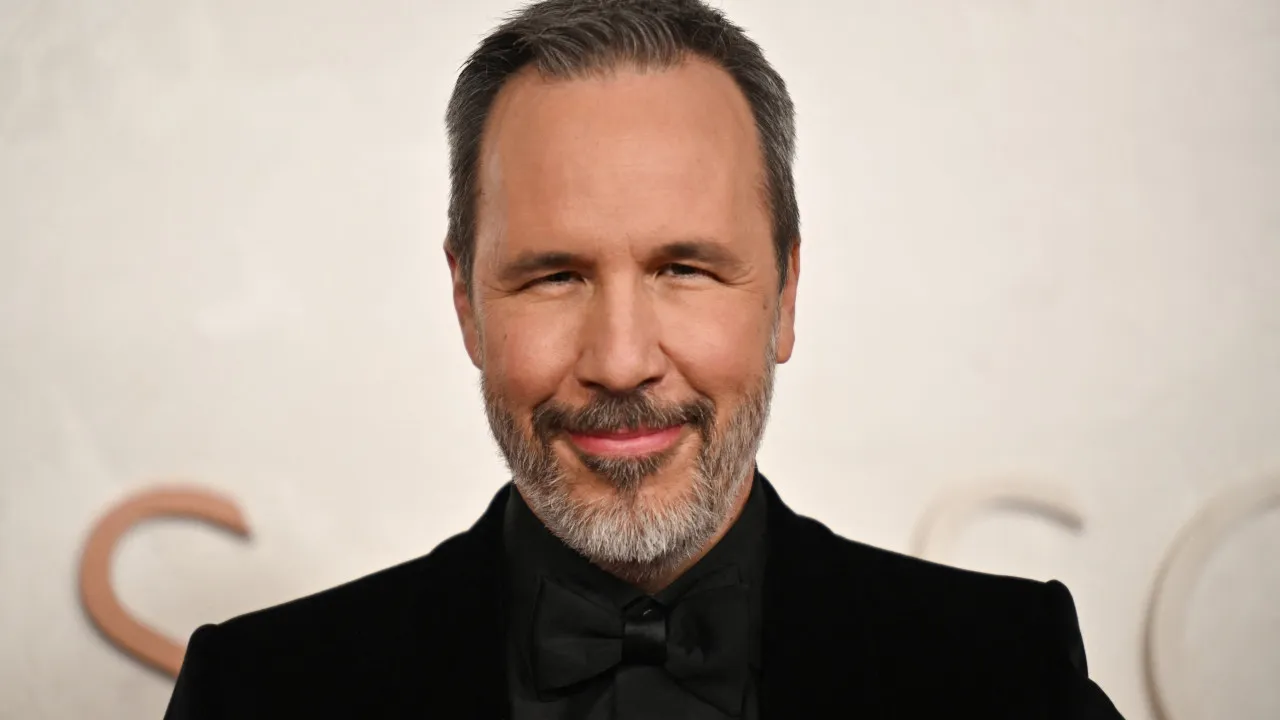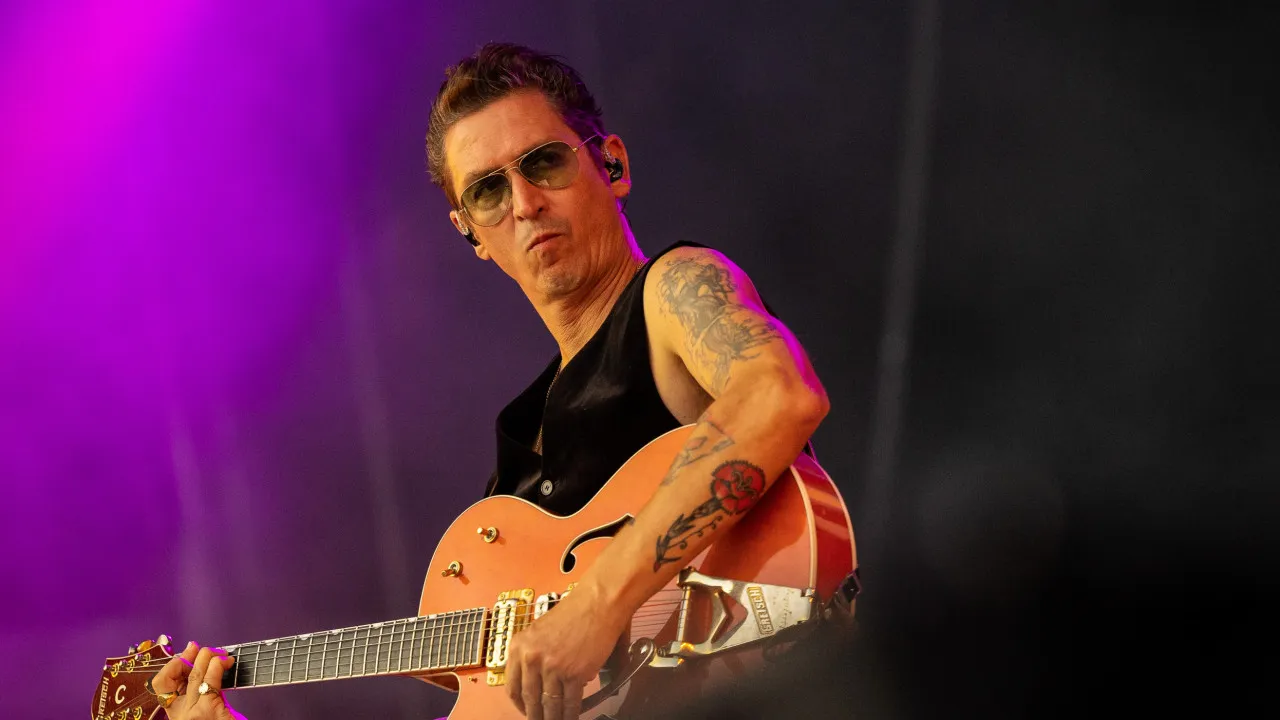The “Greenhouse” project is representing Portugal at this year’s Venice Art Biennale, which begins on Saturday, in an edition that for the first time has a pavilion from East Timor and is affected by the Israeli-Palestinian conflict.
The 60th edition of the Venice Biennale in Italy is dedicated to “Foreigners Everywhere”.
This year, the main focus is on “artists who are themselves foreigners, immigrants, expatriates, diasporans, emigrants, exiles or refugees – particularly those who have moved between the global south and the global north”, and “migration and decolonization will be key themes”, according to the curator, the Brazilian Adriano Pedrosa, artistic director of the São Paulo Museum of Art (MASP).
In this edition, the Portuguese Pavilion, housed in Palazzo Franchetti on the Grand Canal in Venice, is hosting the “Greenhouse” project by curators and artists Mónica de Miranda, Sónia Vaz Borges and Vânia Gala, which features a Creole Garden with installations that are the stage for choreographies, assemblies and militant education.
According to Mónica de Miranda, the garden, which “will be looked after” throughout the biennial, is “punctuated by installations, which also carry gardens, sculptures that are stages, mobile sculptures that are transmuted into space, which receive choreographies and where schools will take place, which try to replicate the assemblies of Amílcar Cabral [founder and leader of the African Party for the Independence of Guinea and Cape Verde, which would have celebrated its 100th anniversary this year], which took place in forests”.
At the press conference to present the project, in February in Lisbon, the artist revealed that in Jardim Crioulo there will also be radio listenings, to which “several thinkers” have contributed, and the project “opens up for more artists and other curators to reflect”.
Until November, when the biennial closes, “an active public is invited to be part of the experience of the exhibition project, which, as well as being an aesthetic experience, expands and calls on various thinkers, artists and researchers to reflect on the very theme of the pavilion.”
With this project, the three curators, artists and researchers are building “an ecological, historical and collective reflection that the garden carries within itself”.
“The garden has a time that is cyclical, it brings together the past, the present and the future. In the past, it brings all the stories of a Portuguese colonial legacy, and deconstructs this space through artistic practices that point to the future, a utopia of being able to create, through art, a meeting place where a dialog is established, which reflects these issues and brings new alternatives to them,” said Mónica de Miranda, speaking to Lusa on the sidelines of the press conference.
The Portuguese Official Representation is not the only Portuguese presence at the Biennale.
The official pavilion of the Holy See, housed in the Venezia Giudecca women’s prison, is hosting the exhibition “With my eyes”, curated by Portuguese Cardinal Tolentino de Mendonça, Prefect of the Dicastery for Culture and Education.
The Lithuanian pavilion, housed in the Church of Sant’Antonin, has Portuguese curator João Laia, currently artistic director of the Department of Contemporary Art of the Municipality of Porto, on the list of curators.
From the Portuguese-speaking world, East Timor will be present for the first time, with artist Maria Madeira’s project “Kiss and don’t tell”, curated by Natalie King, about the history of women’s struggle against the Indonesian occupation.
Brazil will have its national pavilion with “Ka’a Pûera: Somos pássaros ambulantes”, a project curated by Arissana Pataxó, Denilson Baniwa and Gustavo Caboco Wapichana, with the participation of artists Glicéria Tupinambá and the Tupinambá Community of Serra do Padeiro and Olivença, from Bahia, Olinda Tupinambá and Ziel Karapotó.
The program of the art biennial includes national representations and a general exhibition for which works by invited artists are selected. This year, the 332 selected artists include Angolan artists Kiluanji Kia Henda and Sandra Poulson, and Mozambicans Malangatana (1936-2011) and Bertina Lopes (1924-2012).
From Brazil, artists such as Tarsila do Amaral (1886-1973), Candido Portinari (1903-1962), Djanira da Motta e Silva (1914-1979), Emiliano di Cavalcanti (1897-1976), Cícero Dias (1907-2003) and Dalton Paula will be represented in the general exhibition.
The Israeli-Palestinian conflict, which has been going on for decades and escalated again in October last year, affects this year’s edition of the biennial.
The artist Ruth Patir and the curators of the Israeli pavilion announced this week that they will not open the space “until an agreement is reached for a ceasefire and the hostages taken” by the Palestinian movement Hamas in an attack on Israel that left more than 1,200 people dead. Israel’s reaction has already caused the deaths of more than 33,000 people in the Gaza Strip.
However, the Israeli artist has guaranteed that the idea is not to cancel the exhibition.
In February, thousands of artists, institutions and cultural organizations wrote a letter to the organizers of the Venice Biennale asking that Israel be excluded from one of the largest international art shows, which was rejected by the organizers.
The Italian Minister of Culture, Gennaro Sangiuliano, described the request as “unacceptable, as well as shameful” and the organizers rejected any kind of boycott, confirming the presence of the Israeli pavilion.






